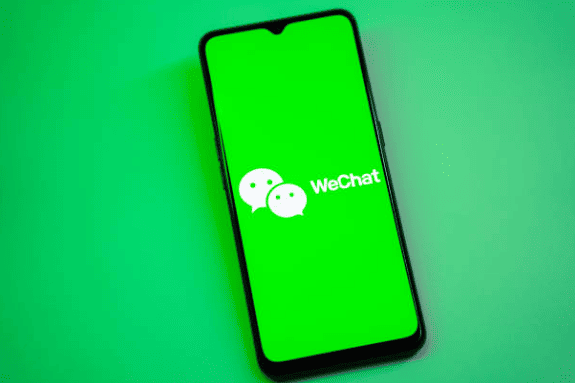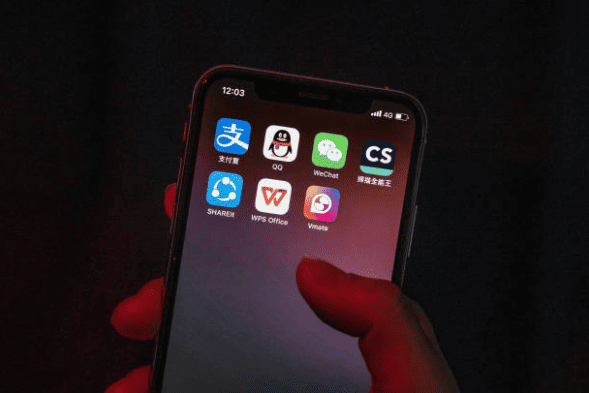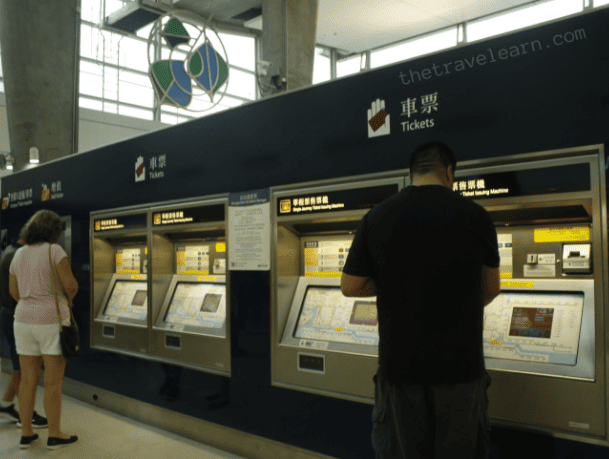Traveling independently to China nowadays requires extra preparation and readiness to face some challenges. China’s rapid changes and development mean that, as tourists, we constantly have to learn something new each time we visit.
On my recent trip to Mainland China, I noticed many changes compared to my pre-pandemic visit to Guangzhou.
1. Getting Alipay and WeChat

Nearly all aspects of daily life involving money depend on one of these two apps. Alipay works primarily as a digital wallet for payments, while WeChat is more of a “super app” — besides being a wallet, it serves as a chat app and much more. Through WeChat, you can call taxis, order food, top up credit, buy tickets, and so much more.

As a tourist, it’s essential to have and activate both apps. It’s best to prepare them well in advance of your arrival in China.
Alipay is relatively easier to activate. Locals call it 支付宝 (Zhīfùbǎo). Download the app from your app store, register with your name and Indonesian phone number, and link it to your credit or debit card. Once successful, you’ve tackled half the common problems tourists face in China.
Activating WeChat (微信 – Weixin) can be trickier. The app’s interface is less intuitive, so it takes some getting used to. Registration requires filling in passport details and personal information. After this, you’ll need another WeChat user to verify your account, which can be challenging. I tried through several contacts, even with Mainland China accounts, and was only successful after verification through a family member.
Once in China, cash is rarely necessary. Almost every merchant, big or small, accepts digital payments. Paying with cash is still possible, but it can be inconvenient if they don’t have change.
Without these apps, your options are limited to hailing traditional taxis on the street, which are harder to find. Calling a taxi is much easier with Didi (like Uber or Grab), which you can access through Alipay or Baidu Maps.
You’ll also struggle to order food, as most restaurants expect you to sit down, view the menu on WeChat, order independently, and pay through the app.
It’s wise to add multiple credit cards to Alipay or WeChat, as you’ll be using them frequently throughout the day. Due to different financial systems, transactions may sometimes get “rejected” as if blocked by the card issuer. If this happens, try another card, or switch between Alipay and WeChat. You could even use your partner’s phone, linked to a different card. It’s like hoping each transaction succeeds every time you pay!
Transactions where the merchant scans your QR code are usually successful, while scanning the merchant’s QR and entering the amount manually is hit or miss — especially with small vendors.
2. Riding China’s High-Speed Trains

For intercity travel, high-speed trains are the go-to, connecting even tier-3 and 4 cities. You can buy train tickets from reputable websites like Trip.com or TravelChinaGuide, though third-party sites typically charge a service fee (around USD 6 per ticket). If you’re traveling in a group or frequently using trains, these fees add up.
The official website for Chinese trains is 12306.cn, commonly used by locals, and there’s no extra service fee for tickets. Foreigners can also buy tickets here.
In recent years, China has implemented a ticketless system for high-speed trains. You won’t receive an e-ticket, only a purchase confirmation with your carriage and seat number in the railway app.
To enter the station, locals simply scan their ID cards at the gates, with ticket details matched in the system. Tourists, however, need to use passports. Ensure your passport number and name match exactly when purchasing the ticket. At the station, look for the manual line (usually at the far left or right) where passport scanners are available. You’ll need your passport both at security and for boarding the train.
3. Metro Tickets

Currently, Alipay is widely used at metro gates, especially in Tier 1 cities like Shanghai, Hangzhou, and Beijing. Through the “Transport” menu in Alipay, the app detects your location and suggests activating a digital transport card for that city.
To enter and exit the metro, simply display the QR code from Alipay at the gate. The process is fast (unlike the slower QRIS gates in Jakarta). Charges are not made per ride but are settled later in the day.
Alternatively, for metro or city bus rides, you can buy a rechargeable transport card in each city. However, this involves queuing to buy and refund the card when done.
You can also purchase single metro tickets from machines and pay by scanning a QR code with Alipay.
4. VPN

This is an important topic when traveling to China. You’ll need a VPN to access regular sites and apps like Google Search, Gmail, and the Meta family (Facebook, Instagram, etc).
For convenience, subscribe to a monthly VPN plan and have a backup VPN in case one doesn’t work. VPN services vary, and what works one month may not the next. As of December 2023, LetsVPN and Astrill are known options (Astrill costs around USD 30 per month).
With an IT background, I prefer setting up my own VPN rather than paying for one. Open-source V2Ray.org is still undetectable by China’s firewall. Just rent an affordable VPS in Hong Kong or Japan (close to China’s backbone) — a VPS with 1 CPU and 1 GB RAM is enough for 3-4 devices. Set up a V2Ray server and connect via a client app like V2BOX (free but with occasional ads).
5. SIM Card

If you’d rather avoid VPNs, consider buying a SIM card from outside China.
SIM cards or eSIMs that work in Mainland China are available online. These are often provided by Hong Kong or white-label operators, allowing roaming for a set number of days. VPNs aren’t necessary, as traffic is proxied through the provider’s country (e.g., a Telkomsel SIM with China roaming routes data via Indonesia). This might be slower than using a local Chinese SIM.
I bought a Mobile Duck SIM card in Hong Kong — the cheapest option, priced at HKD 88 for 15 days with 9GB of data. I found it for HKD 78 at Wan Chai Computer Centre, though it’s sometimes cheaper through sellers on Carousell.
If you plan to use ride-hailing apps like Didi frequently, it’s advisable to get a local SIM with a phone number. Drivers often call to confirm pickup locations. Local SIMs are available at Chinese airports, usually priced between CNY 100-200.
